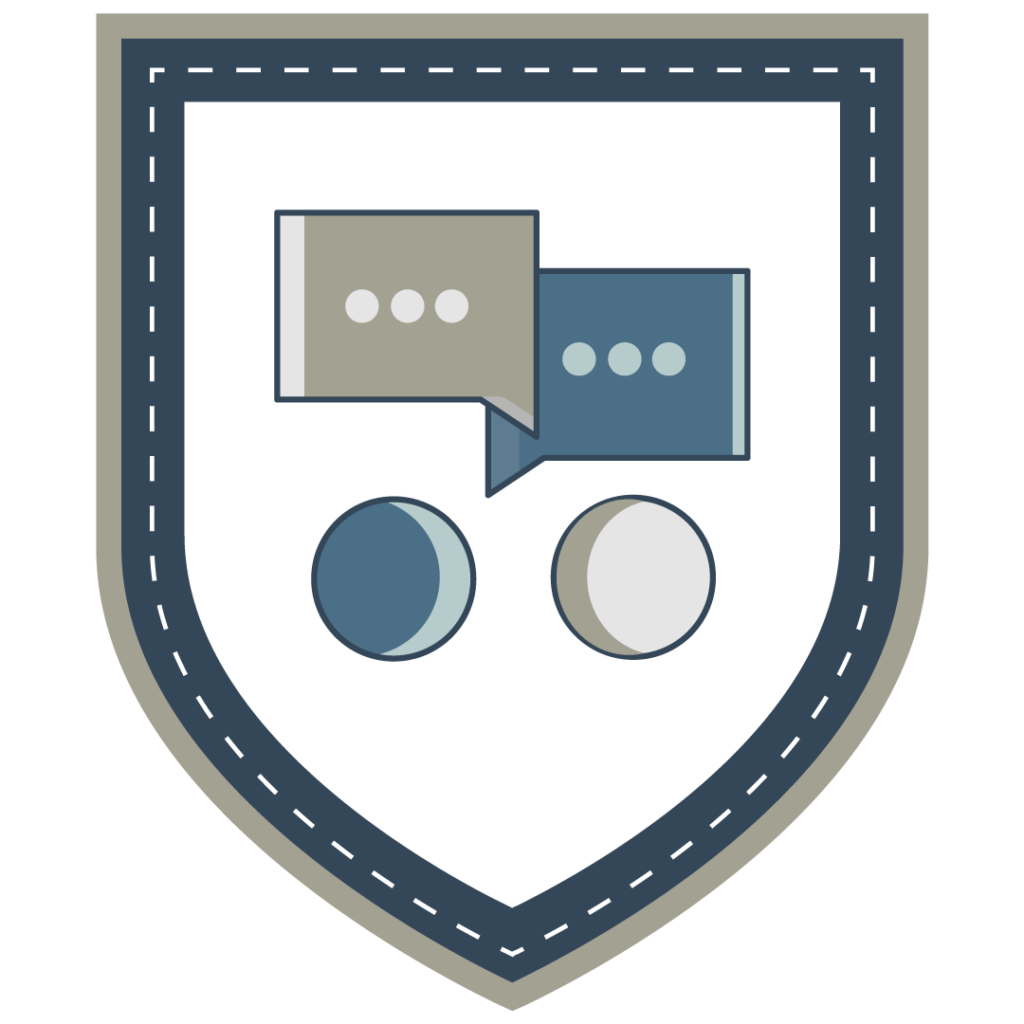May 23rd – 2025
Reducing Bias with Cognitive Psychology
Daniel G. Derksen, Hugues Hervé & Susan Kim
Psychologists often group decision-making into two systems that work together: System 1 makes fast decisions, while System 2 makes slow decisions. [1] [2]
System 1 uses heuristics — mental shortcuts or general rules for making quick decisions. System 1 automatically and unconsciously makes snap judgements that are efficient. Snap judgements are good enough for most daily living activities, but in forensic settings they can lead to errors that have life-altering effects.
Let’s go through an example of one heuristic that System 1 uses.
The Representativeness Heuristic: Judging the probability that a person belongs to group based only on how well the person matches our stereotype of that group. [3]
Claire is investigating an incident at a work party. She knows for a fact that the company employs 100 people: 10 lawyers and 90 engineers. One person from the group, Jack, is wealthy and owns many suits. Some have called him aggressive, others arrogant. He works all the time, and some say that he will do anything to win. What is the probability that Jack is a lawyer?
The description of Jack fits our stereotype of a lawyer. The description is valuable information, but we also know that there are a lot more engineers than lawyers. Jack could be an engineer, even though he fits the stereotype of a lawyer. Remember, only 10% of the staff are lawyers.
If we have a hunch that Jack is a lawyer, that likely comes from the snap judgement made by System 1, which used the Representativeness Heuristic. But System 1 ignored part of the puzzle (the proportion of lawyers to engineers). Slowing down to question our intuition uses System 2.

Tunnel Vision and Confirmation Bias
System 1 uses many heuristics to make snap judgements (not just representativeness).
When we first learn new information, System 1 kicks in and uses heuristics to make a snap judgement. This leads to a belief. Once a belief sticks, it can be difficult to change. This is called confirmation bias.
Confirmation Bias: The tendency to look for, interpret, and favour information that confirms our pre-existing beliefs, while failing to seek contradictory evidence. [4]
Claire is the responding officer on a crime scene. After interviewing a witness, Claire’s hunch is that the witness isn’t credible. After sharing her initial belief with her colleagues, they search for evidence that the witness is lying, but not for indications that the witness may be telling the truth.
We’ve all had tunnel vision—when we cling to pre-existing beliefs making it hard time see things any other way. This is why searching for information that challenges our pre-existing beliefs is so important.
Minimizing Bias
Remember nobody is bias free because biases are the natural result of how our brains work.
The key to reducing bias is to recognize that our snap judgements and intuitions are not always accurate. Slowing down, questioning our beliefs, and considering alternatives in a conscious and deliberate manner reduces errors.
[1] Kahneman, D. (2011). Thinking, fast and slow. Macmillan.
[2] Evans, J. S. B., & Stanovich, K. E. (2013). Dual-process theories of higher cognition: Advancing the debate. Perspectives on Psychological Science, 8(3), 223-241.
[3] Tversky, A., & Kahneman, D. (1974). Judgment under uncertainty: Heuristics and biases. Science, 185(4157), 1124-1131.
[4] Nickerson, R. S. (1998). Confirmation bias: A ubiquitous phenomenon in many guises. Review of General Psychology, 2(2), 175-220.

